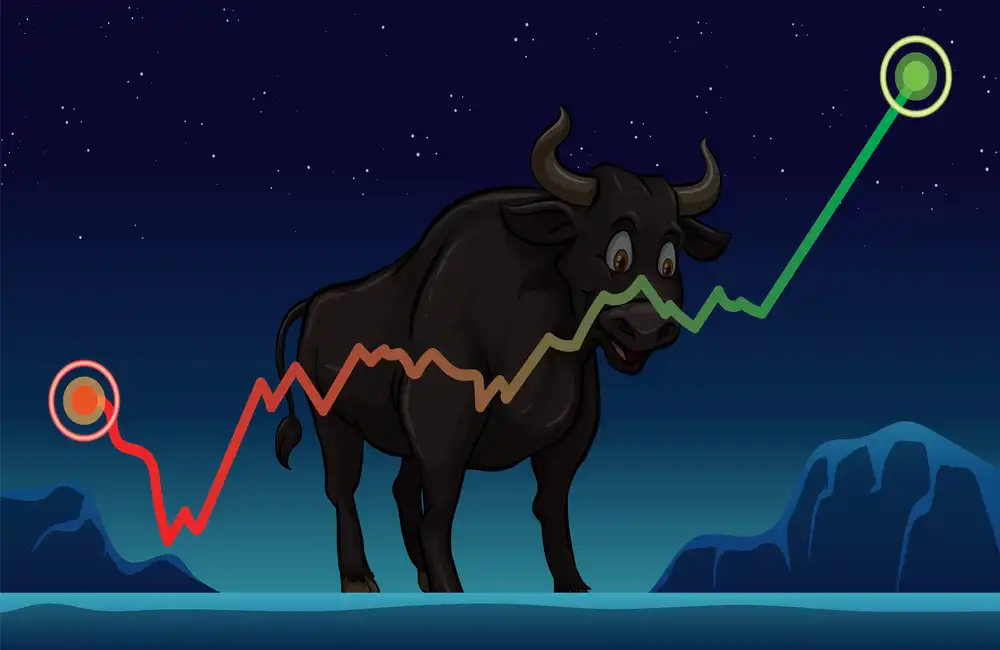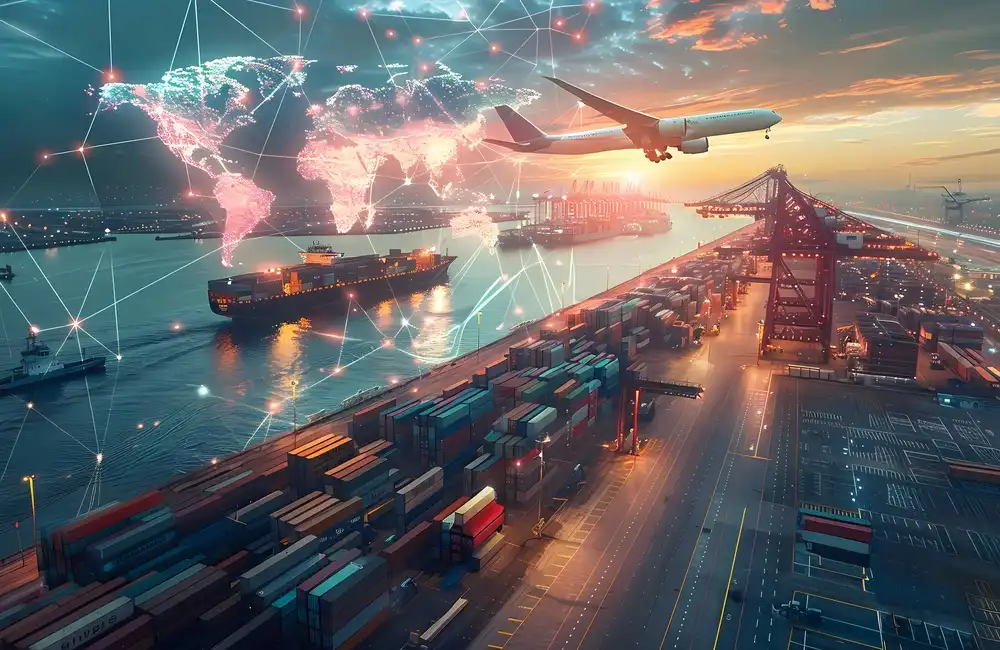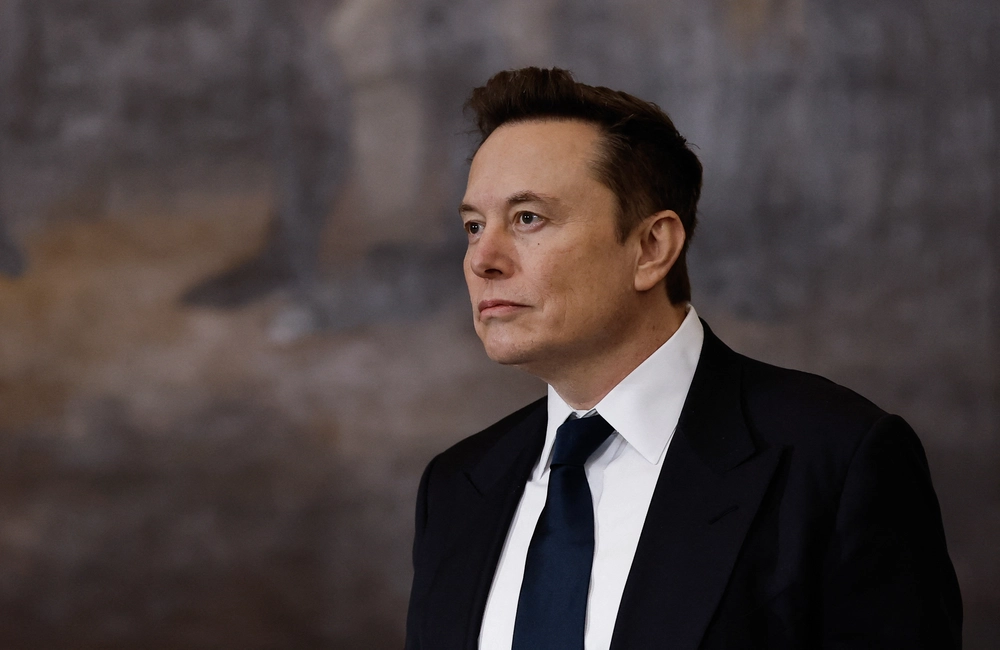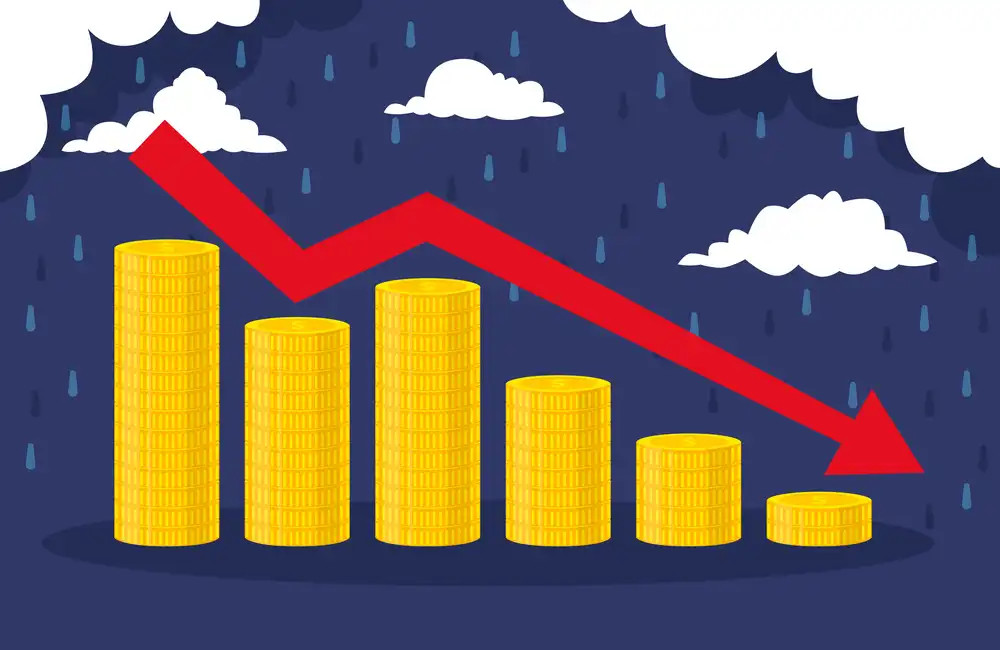Tesla chief executive officer Elon Musk on Aug. 29 underscored the oil and gas industry’s continued role in keeping a working “civilization” up and running for mankind, at the same time brushing aside worries regarding the supply of metals needed to fuel electric vehicle expansion
Speaking at the Offshore Northern Seas conference in Norway, Musk said the world was on track for electric vehicles to be 50% of all cars and trucks manufactured in 2030 and 80% of the cars and trucks manufactured in 2035, thanks in part to state and national governments putting in place zero emissions mandates.
In 2021, EVs made up almost 10% of global car sales, according to the International Energy Agency, which estimates growth in EVs could replace 4.6 million b/d of oil demand by 2030 in its Announced Pledges Scenario.
The adoption of EVs could happen faster, Musk said, particularly if challenges over battery metal processing were solved, but he opposed vilifying oil and gas.
“For humanity to have a compelling future, for civilization, we need a clear path to an energy future that’s sustainable. I’m no person to demonize oil and gas. This is necessary right now or civilization can’t function,” Musk said.
“Right now we need more oil and gas, not less, but moving as fast as we can simultaneously to a sustainable energy economy,” he said, citing Norway’s success in developing floating offshore wind farms.
Besides hydropower, geothermal, wind and solar, Musk said he was “pro-nuclear,” and that “We really should just keep going on the nuclear plants.”
When asked what was holding back the adoption of electric vehicles, Musk said finding metals was not the biggest challenge. It follows concerns that battery makers could rely heavily on a small number of metal-producing countries for materials like lithium, which Musk called “one of the most common elements.”
The challenge for EV makers was the processing capacity required to obtain the purity of metals used in batteries in both vehicles and stationary systems attached to energy grids to make them viable plants to remotely generate energy, which would be akin to the global oil and gas industry, he said.
Battery challenge
Observing that Tesla has said it would share plans soon for a fourth battery gigafactory and some industry observers predict for 2024, Mr. Dunn said: “The core limiting factor isn’t that these metals are incredibly rare, none of them are, but there’s a huge amount of processing that’s required to take the ore and turn it into battery-ready materials.”
“It’s going to be the acceleration of our rate of converting the ore to battery grade materials that’s going to set the pace at which we can [supply] electric vehicles and also stationary battery packs” to back up solar and wind power, he said.
“When you make the battery anode and cathode, they need to be very pure for the battery to have a long life. It’s not about some raw material constraint.”
“A huge amount of processing has to occur at an order of magnitude more than is currently comparable to the world oil and gas industry.”
The IEA has singled out battery metals as a constraint on battery electric vehicle growth, and suggested in a 2022 report that battery prices fell less rapidly in 2021 than the year before, and said that battery prices could rise this year because of metals price rises.
It pointed out Europe’s and the US’s minor place in the battery supply chain before stating that “over half of lithium, cobalt and graphite processing and refining capacity is located in China.”
The IEA also stated that Russia’s invasion of Ukraine had “added further pressures, as Russia supplies 20% of global high-purity nickel.”





















